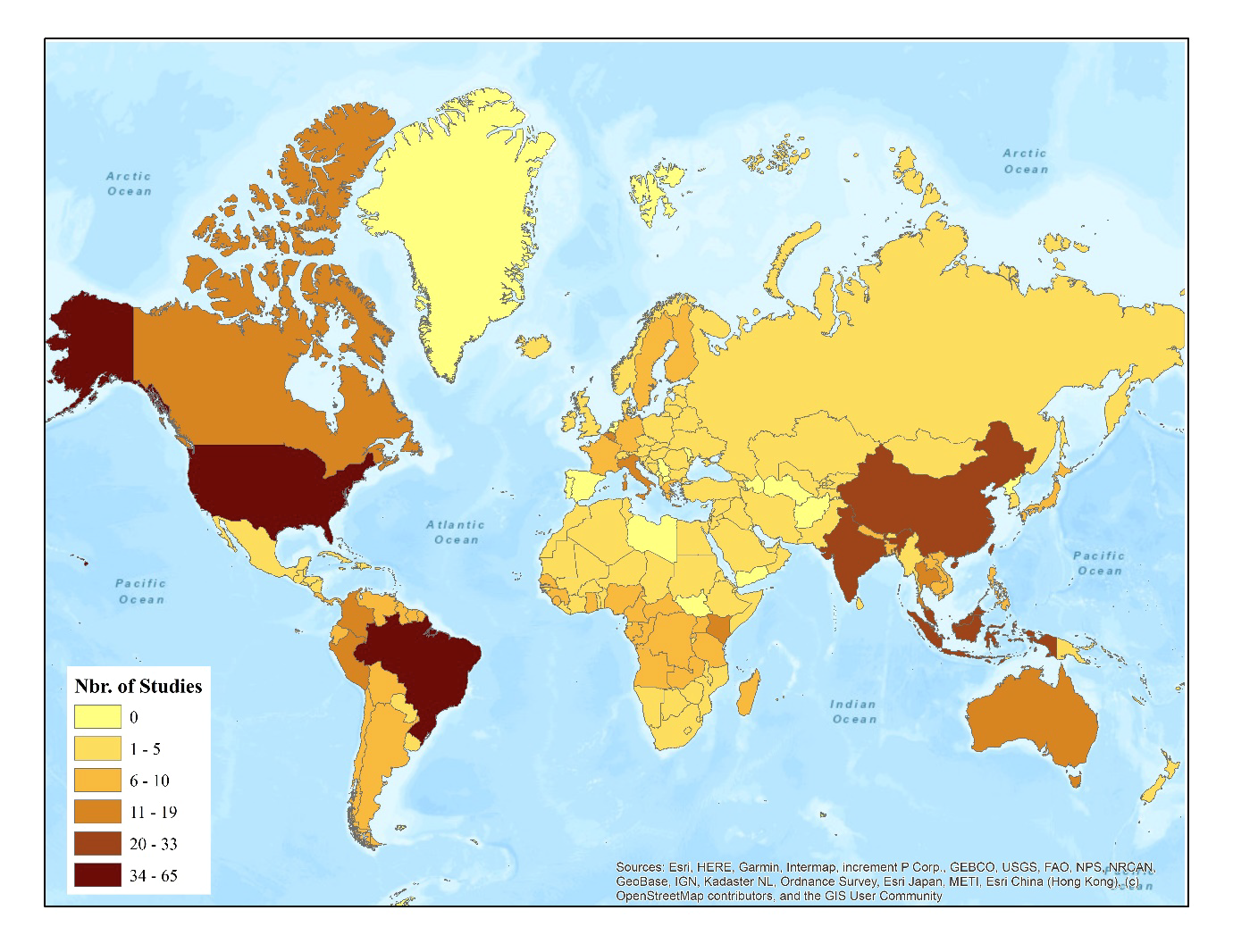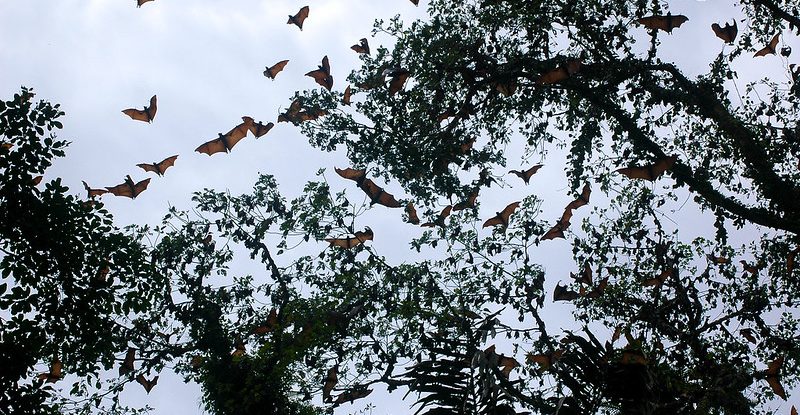The connections between forests and human health are high on many minds these days. Most of us have heard about respiratory illnesses caused by haze from wildfires in the Amazon and Southeast Asia – and about the risks of diseases like Ebola and (possibly) COVID-19 being transferred from forest-dwelling animals to humans.
But often people fail to remember that forests support society in positive ways too. For example, forests can also mitigate the impacts of natural disasters: for instance, areas with greater loss of coastal mangroves experienced higher rates of death and injury in the 2004 Indian Ocean earthquake and tsunami. Food found in forests also plays a significant role in the nutritional quality of many people’s diets.
“We’re still unravelling the full spectrum of health benefits and potential risks that forests offer to humans,” said Todd Rosenstock, principal Scientist at the Alliance of Bioversity-CIAT and the lead author of a new Comment in The Lancet Planetary Health describing a systematic map that lays out just where some of the neglected pathways might be – and offers important insights for future research.
The work was undertaken by a team of researchers from the Center for International Forestry Research and World Agroforestry (CIFOR-ICRAF), and several universities. The researchers identified 452 articles linking forests, their management, and human health. They then classified them according to the geographical, thematic, methodological, and outcome types of the studies.
The results showed the relationships between these factors were not straightforward. “Global research efforts are poorly aligned with at-risk populations, revealing significant gaps in research effort on important forest–health pathways,” concluded the authors. For instance, as the map below shows, half of all the studies took place in one of just six countries (the USA, Brazil, India, Malaysia, China, and Canada), and more than 80 percent were focused on high- and upper-middle-income countries – while under 10 percent took place in sub-Saharan Africa. Forested low-income countries, which could be considered to be at particularly high risk for a number of forest-and-health-related challenges, were the sites of just 4 percent of the studies.
Map: Geographic distribution of the 452 studies

One example of this mismatch is in studies of malaria,– which several studies show are impacted by forest loss – though not necessarily in a single, linear fashion – offer a case in point. “Only about 9 percent of the studies on forests and malaria were done in Africa, although 95 percent of the malaria disease burden is found in Africa as well as 96 percent of malaria deaths,” said Amy Ickowitz, a senior scientist at CIFOR-ICRAF who was involved in the study.
The authors argue that future studies need to go further in investigating impacts for people and populations. “A lot of research only looks at intermediate outcomes, without following through to see what the ultimate impact is on human health and societies,” said Ickowitz. “So for example, there are studies on how forests affect Lyme-infected ticks in deer populations, but many of them don’t continue onwards to find out what that means for human illness – they just stop there.”
That’s linked to a lack of multidisciplinarity in research teams, she said. “For example, you can have a study done by ecologists doing surveillance of animal populations and checking them for diseases or monitoring mosquitos for parasitic infections – but, if they had worked in multidisciplinary teams with say epidemiologists and/or economists, they could have then gone a further step to see what the impact of these infections are in human populations, and what the costs to society are, too.”
The researchers surmised that formal risk mapping could help to identify issues that are under-researched and target more future research towards the areas at greatest risk. “Studies should focus on the key health challenges that affect the most people in their regions, or those challenges that have the most severe impacts on health,” said Rosenstock. “These might not be the same: for example, ebola is very deadly, but does not affect nearly as many people as malaria. It’s important to learn more about the relationships between both types of diseases and land use.”
Such an orientation will require scaled-up collaboration across disciplines, increased research for neglected pathways and under-represented human populations, and clear linkages to direct measures of human health, said the authors. “As we understand more than ever that the natural environment and public health are intertwined,” they concluded, “not exploring these linkages using multidisciplinary perspectives would ignore the forests for the trees.”
We want you to share Forests News content, which is licensed under Creative Commons Attribution-NonCommercial-ShareAlike 4.0 International (CC BY-NC-SA 4.0). This means you are free to redistribute our material for non-commercial purposes. All we ask is that you give Forests News appropriate credit and link to the original Forests News content, indicate if changes were made, and distribute your contributions under the same Creative Commons license. You must notify Forests News if you repost, reprint or reuse our materials by contacting forestsnews@cifor-icraf.org.
